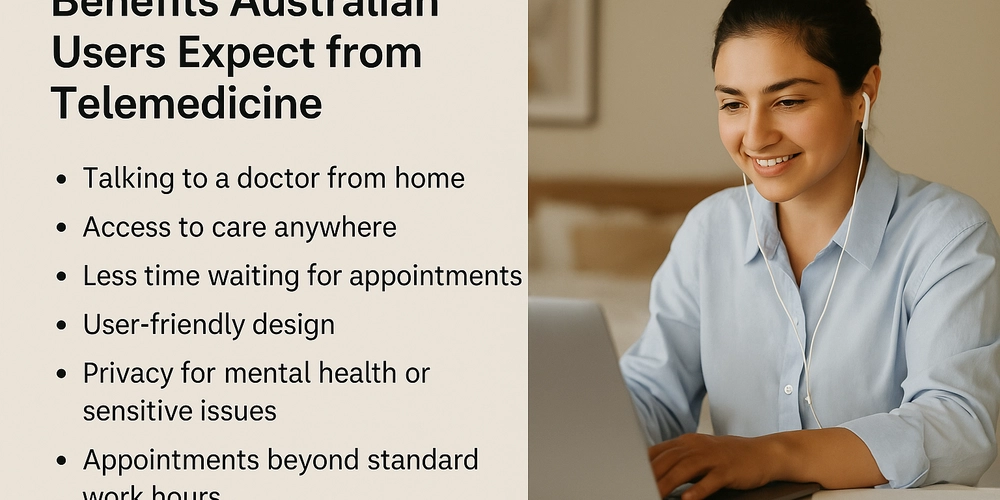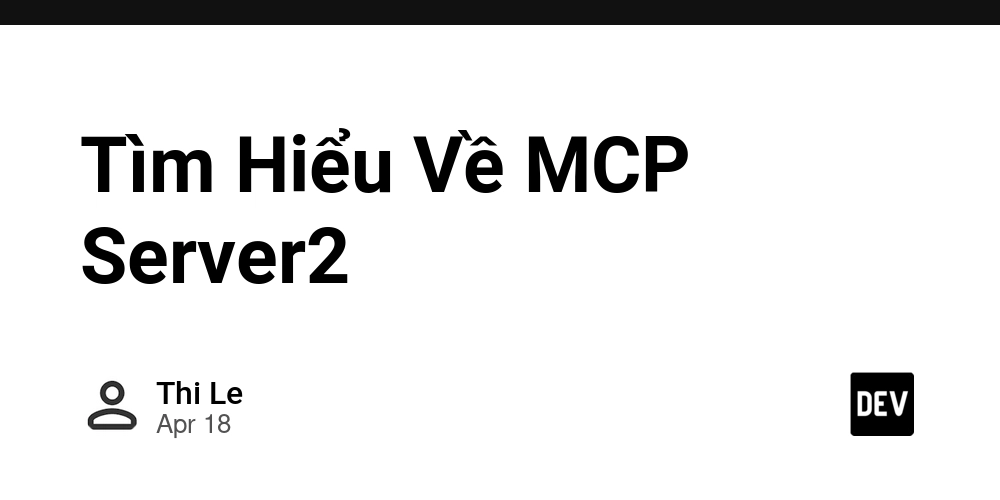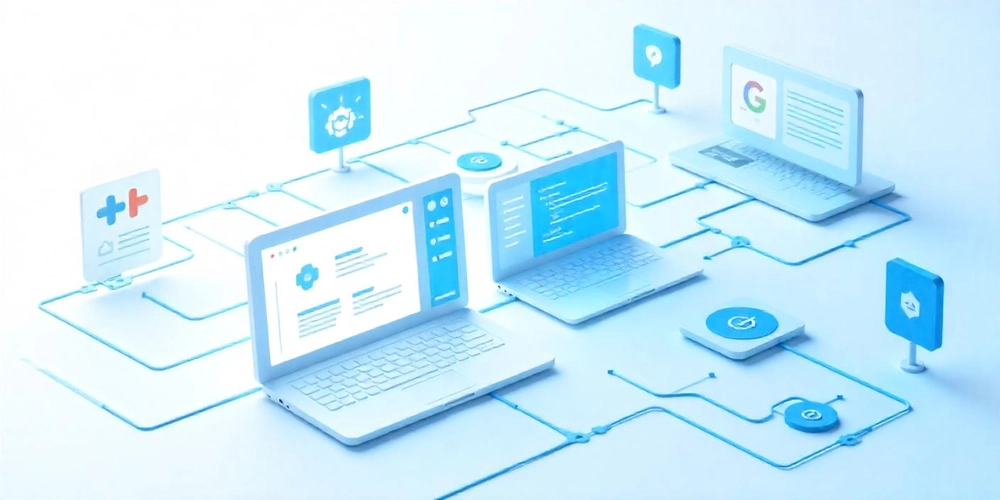Telemedicine in Australia: What You Should Know Before Building an App?
1. Introduction Telemedicine is changing the way Australians access healthcare. Instead of visiting clinics or hospitals, patients can now connect with doctors through a mobile app—from the comfort of their homes. This shift is especially important for people in remote areas or those with limited access to healthcare services. If you're considering building a telemedicine app for the Australian market, this article will walk you through everything you need to know—from features and development time to what users actually want. 2. What Is Telemedicine? Telemedicine is healthcare delivered remotely using technology. That means patients can have a consultation through video, audio, or even secure messaging—without stepping foot into a clinic. It’s now commonly used for: General check-ups Mental health support Prescription refills Routine follow-ups Telemedicine apps make healthcare more accessible, especially when supported by reliable internet and secure platforms. 3. Telemedicine in Australia In Australia, telemedicine is now part of regular healthcare. With the government supporting digital health—especially through Medicare-funded telehealth services—patients can get care without the long commutes or wait times. Why is this so important? It helps rural and remote communities connect with doctors Reduces the strain on physical clinics and hospitals Makes mental health and specialist services more available Australians are embracing telemedicine not just for convenience—but because it works. 4. What Features Do You Need to Build a Telemedicine App in Australia? To meet both user expectations and legal requirements in Australia, a good telemedicine app should include: Secure logins and user profiles Video and voice call capabilities Chat or messaging support Appointment scheduling system E-prescriptions Reminders and push notifications Digital health records Language support for diverse users Payment integration (optional) Most importantly, the app should follow Australian data privacy laws and healthcare regulations. 5. What Affects the Cost of Developing a Telemedicine App? The cost of building a telemedicine app can vary based on several factors. Instead of focusing on numbers, it’s more useful to understand what influences the final investment: Key Cost Drivers: Feature Set: More advanced features like video calling, e-prescriptions, and EMR integration will naturally increase development time and effort. Platform Choice: Building for both iOS and Android or adding a web version can increase scope. Design Complexity: Custom UI/UX elements require more design and development hours. Security Requirements: Complying with healthcare regulations (like the Privacy Act in Australia) involves extra layers of data encryption and compliance testing. Development Team Location: Local teams may charge differently compared to offshore teams—but it's important to balance cost with expertise and communication. To manage cost effectively, start with a Minimum Viable Product (MVP) and scale gradually based on user feedback and demand. 6. What Influences the Cost of Developing a Telemedicine App? Several factors contribute to the overall cost of developing a telemedicine app, such as: The complexity of the feature set The number of platforms (iOS, Android, Web) Security and compliance measures UI/UX design requirements Team size and location Understanding these elements helps you plan smarter and ensure long-term scalability and sustainability. 7. Telemedicine App Development Timeline: What to Expect? The development timeline for a telemedicine app depends on several factors, including the scope of features, level of customization, security requirements, and compliance needs. A minimal version with essential features could be ready within a few months. A comprehensive solution—with advanced functionality like integrated records, secure video consultations, chat systems, and regulatory compliance—may take longer. Working with an experienced development team ensures you get a quality product without unnecessary delays. 8. What Benefits Do Users Expect from Telemedicine in Australia? When Aussies use a telemedicine app, they’re looking for convenience, access, and privacy. Here’s what really matters to them: Talking to a doctor from home Seamless healthcare access no matter where they are Shorter wait times Easy-to-use interface Confidentiality—especially for mental health Appointments after business hours If your app can deliver on these, it has a strong chance of being well-received. 9. How Do You Choose the Right App Development Partner? Not all development teams are built the same—especially when you're dealing with healthcare. Look for a partner with: ✅ Experience in medical or health-related apps ✅ A clear understanding of local laws and r

1. Introduction
Telemedicine is changing the way Australians access healthcare. Instead of visiting clinics or hospitals, patients can now connect with doctors through a mobile app—from the comfort of their homes.
This shift is especially important for people in remote areas or those with limited access to healthcare services.
If you're considering building a telemedicine app for the Australian market, this article will walk you through everything you need to know—from features and development time to what users actually want.
2. What Is Telemedicine?
Telemedicine is healthcare delivered remotely using technology. That means patients can have a consultation through video, audio, or even secure messaging—without stepping foot into a clinic.
It’s now commonly used for:
- General check-ups
- Mental health support
- Prescription refills
- Routine follow-ups
Telemedicine apps make healthcare more accessible, especially when supported by reliable internet and secure platforms.
3. Telemedicine in Australia
In Australia, telemedicine is now part of regular healthcare. With the government supporting digital health—especially through Medicare-funded telehealth services—patients can get care without the long commutes or wait times.
Why is this so important?
- It helps rural and remote communities connect with doctors
- Reduces the strain on physical clinics and hospitals
- Makes mental health and specialist services more available
Australians are embracing telemedicine not just for convenience—but because it works.
4. What Features Do You Need to Build a Telemedicine App in Australia?
To meet both user expectations and legal requirements in Australia, a good telemedicine app should include:
- Secure logins and user profiles
- Video and voice call capabilities
- Chat or messaging support
- Appointment scheduling system
- E-prescriptions
- Reminders and push notifications
- Digital health records
- Language support for diverse users
- Payment integration (optional)
Most importantly, the app should follow Australian data privacy laws and healthcare regulations.
5. What Affects the Cost of Developing a Telemedicine App?
The cost of building a telemedicine app can vary based on several factors. Instead of focusing on numbers, it’s more useful to understand what influences the final investment:
Key Cost Drivers:
- Feature Set: More advanced features like video calling, e-prescriptions, and EMR integration will naturally increase development time and effort.
- Platform Choice: Building for both iOS and Android or adding a web version can increase scope.
- Design Complexity: Custom UI/UX elements require more design and development hours.
- Security Requirements: Complying with healthcare regulations (like the Privacy Act in Australia) involves extra layers of data encryption and compliance testing.
- Development Team Location: Local teams may charge differently compared to offshore teams—but it's important to balance cost with expertise and communication.
To manage cost effectively, start with a Minimum Viable Product (MVP) and scale gradually based on user feedback and demand.
6. What Influences the Cost of Developing a Telemedicine App?
Several factors contribute to the overall cost of developing a telemedicine app, such as:
- The complexity of the feature set
- The number of platforms (iOS, Android, Web)
- Security and compliance measures
- UI/UX design requirements
- Team size and location
Understanding these elements helps you plan smarter and ensure long-term scalability and sustainability.
7. Telemedicine App Development Timeline: What to Expect?
The development timeline for a telemedicine app depends on several factors, including the scope of features, level of customization, security requirements, and compliance needs.
A minimal version with essential features could be ready within a few months. A comprehensive solution—with advanced functionality like integrated records, secure video consultations, chat systems, and regulatory compliance—may take longer.
Working with an experienced development team ensures you get a quality product without unnecessary delays.
8. What Benefits Do Users Expect from Telemedicine in Australia?
When Aussies use a telemedicine app, they’re looking for convenience, access, and privacy. Here’s what really matters to them:
- Talking to a doctor from home
- Seamless healthcare access no matter where they are
- Shorter wait times
- Easy-to-use interface
- Confidentiality—especially for mental health
- Appointments after business hours
If your app can deliver on these, it has a strong chance of being well-received.
9. How Do You Choose the Right App Development Partner?
Not all development teams are built the same—especially when you're dealing with healthcare.
Look for a partner with:
- ✅ Experience in medical or health-related apps
- ✅ A clear understanding of local laws and regulations
- ✅ Transparent and responsive communication
- ✅ A strong portfolio
- ✅ Post-launch support and updates




























![[Webinar] AI Is Already Inside Your SaaS Stack — Learn How to Prevent the Next Silent Breach](https://blogger.googleusercontent.com/img/b/R29vZ2xl/AVvXsEiOWn65wd33dg2uO99NrtKbpYLfcepwOLidQDMls0HXKlA91k6HURluRA4WXgJRAZldEe1VReMQZyyYt1PgnoAn5JPpILsWlXIzmrBSs_TBoyPwO7hZrWouBg2-O3mdeoeSGY-l9_bsZB7vbpKjTSvG93zNytjxgTaMPqo9iq9Z5pGa05CJOs9uXpwHFT4/s1600/ai-cyber.jpg?#)














































































































































![[The AI Show Episode 144]: ChatGPT’s New Memory, Shopify CEO’s Leaked “AI First” Memo, Google Cloud Next Releases, o3 and o4-mini Coming Soon & Llama 4’s Rocky Launch](https://www.marketingaiinstitute.com/hubfs/ep%20144%20cover.png)




































































































































































































![Rogue Company Elite tier list of best characters [April 2025]](https://media.pocketgamer.com/artwork/na-33136-1657102075/rogue-company-ios-android-tier-cover.jpg?#)








































































_Andreas_Prott_Alamy.jpg?width=1280&auto=webp&quality=80&disable=upscale#)






































































































![Apple Watch Series 10 Back On Sale for $299! [Lowest Price Ever]](https://www.iclarified.com/images/news/96657/96657/96657-640.jpg)
![EU Postpones Apple App Store Fines Amid Tariff Negotiations [Report]](https://www.iclarified.com/images/news/97068/97068/97068-640.jpg)
![Apple Slips to Fifth in China's Smartphone Market with 9% Decline [Report]](https://www.iclarified.com/images/news/97065/97065/97065-640.jpg)


































































































































